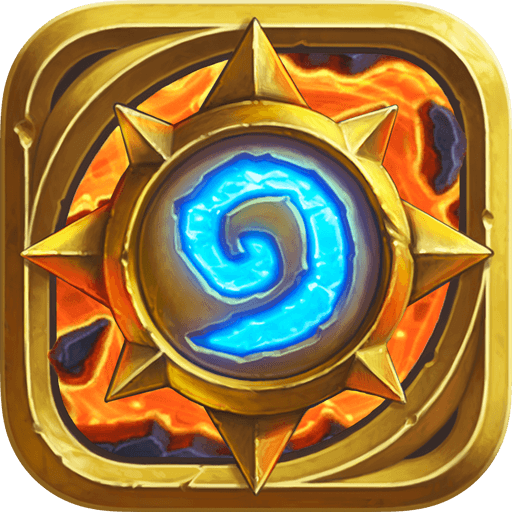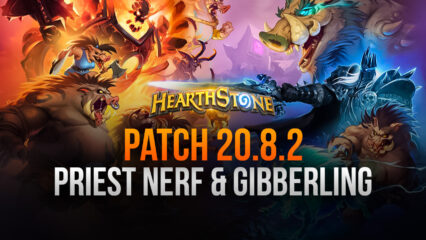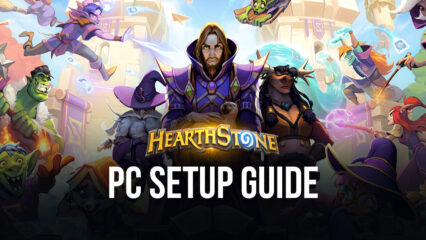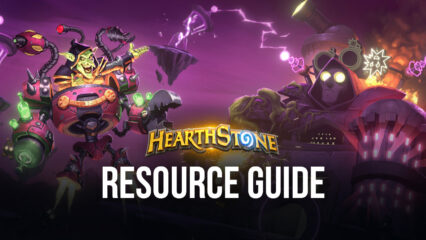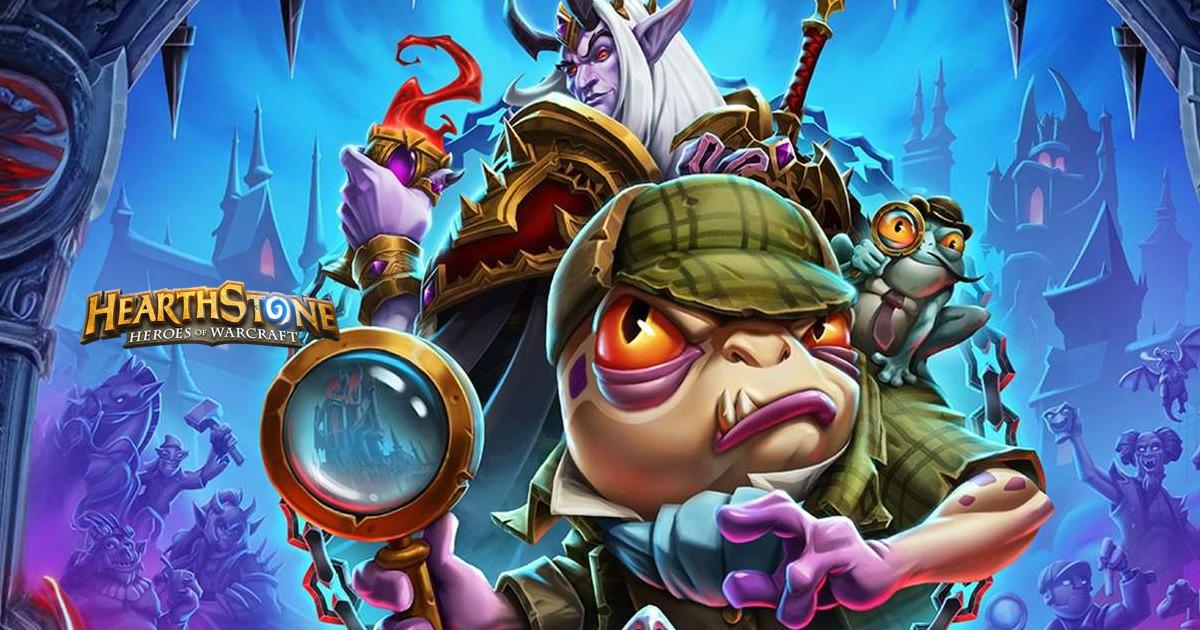BlueStacks Guide to General Deckbuilding for Hearthstone
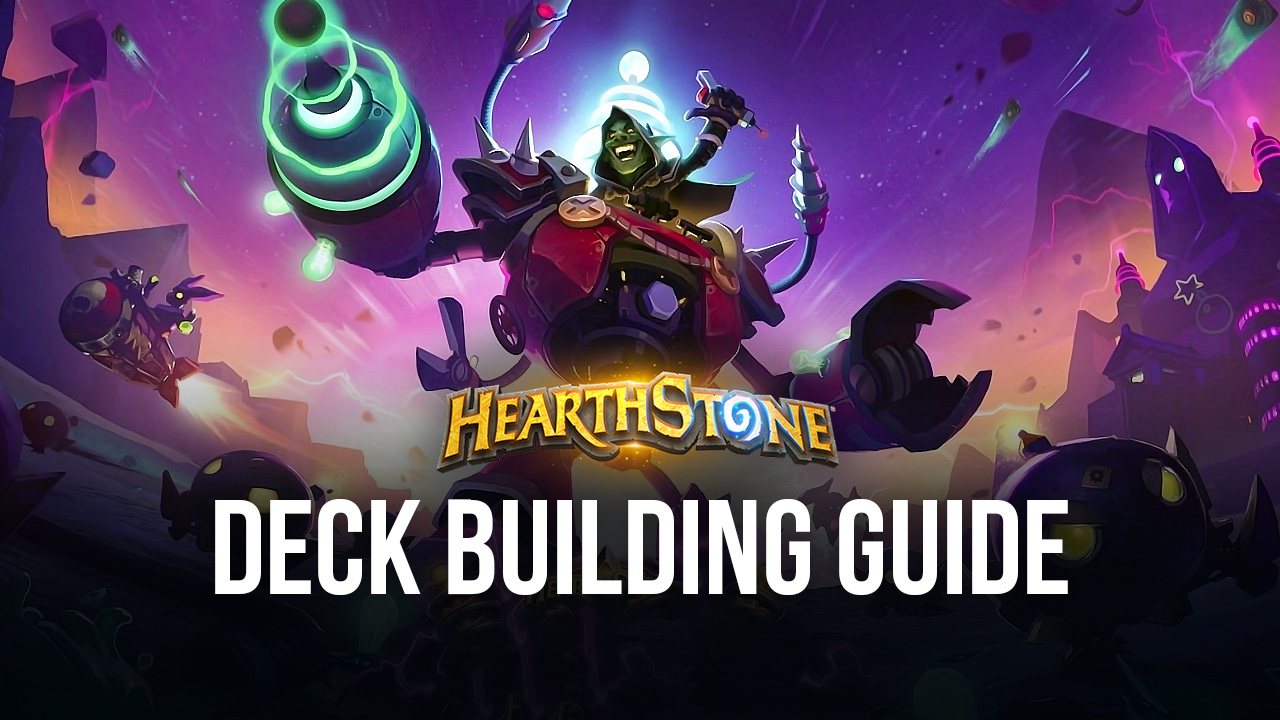
Hearthstone has one of the simplest deckbuilding mechanics in any card game especially since the maximum number of copies of a card you can place in a deck is two. Creating your own original deck might not be the most advisable thing in the world as a beginner but modifying a really strong recipe is definitely a good idea especially if you’re having difficulties with certain matchups that are running rampant in the ranked ladders making it really hard to win a game.
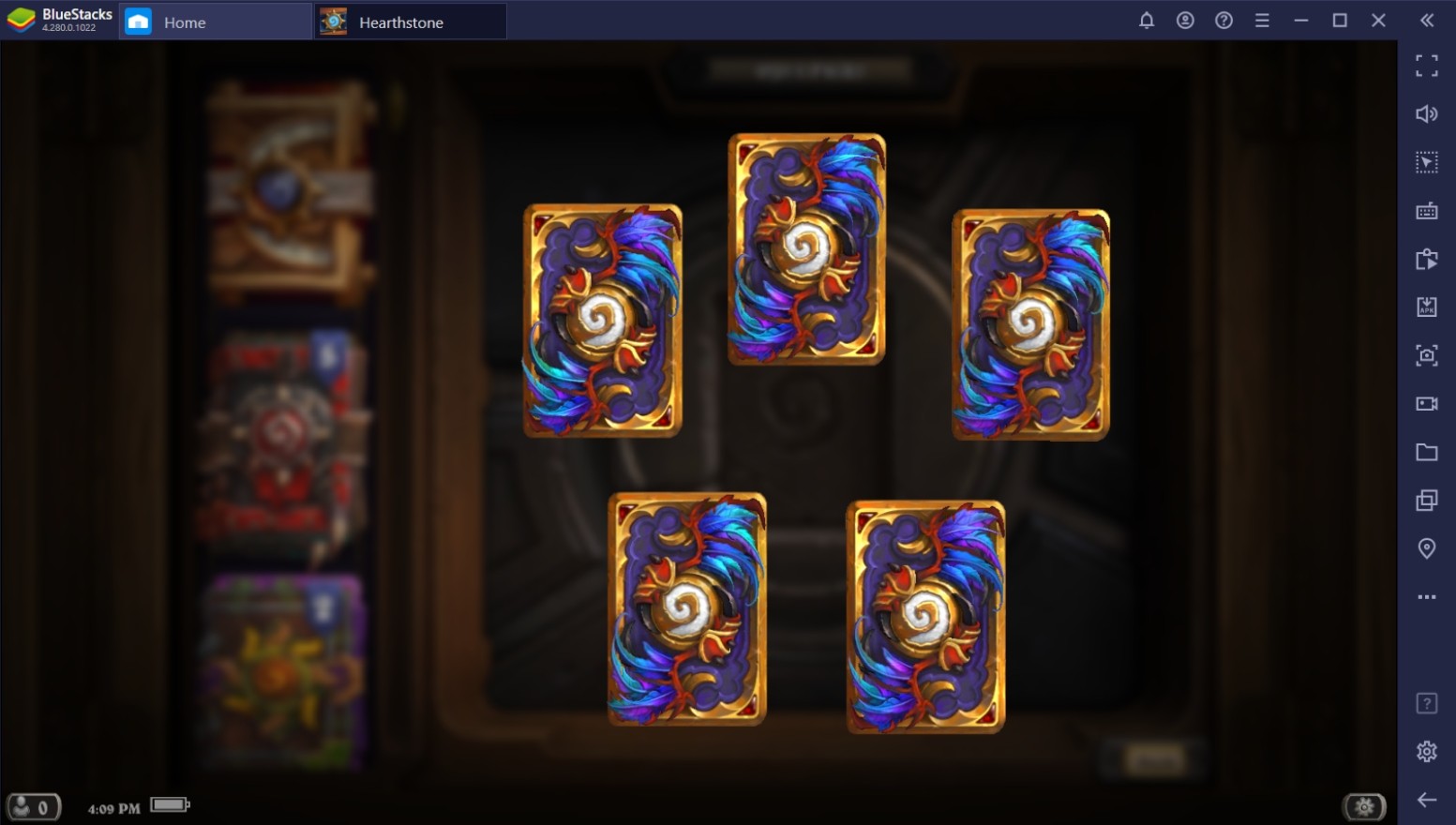
Deckbuilding is an important skill that players need to learn. Building a deck from recipes that you google on the internet is one way to create your deck but that shouldn’t always be the case. Statistics such as the win rate of a deck can be pretty unreliable, especially if the playerbase has opted to go around the meta by going for counterpicks. When the environment has adapted to the meta, the best thing you can do is modify your deck to create alternative win conditions to survive.
Cost Curve
One of the biggest things to keep in mind when building a deck is maintaining a healthy cost curve. Balancing the cost of your deck so that you are able to efficiently spend mana during the early game by making sure that you have cards that are 1-cost to 4-cost until you’re the highest costing unit depending on the archetype you are building.
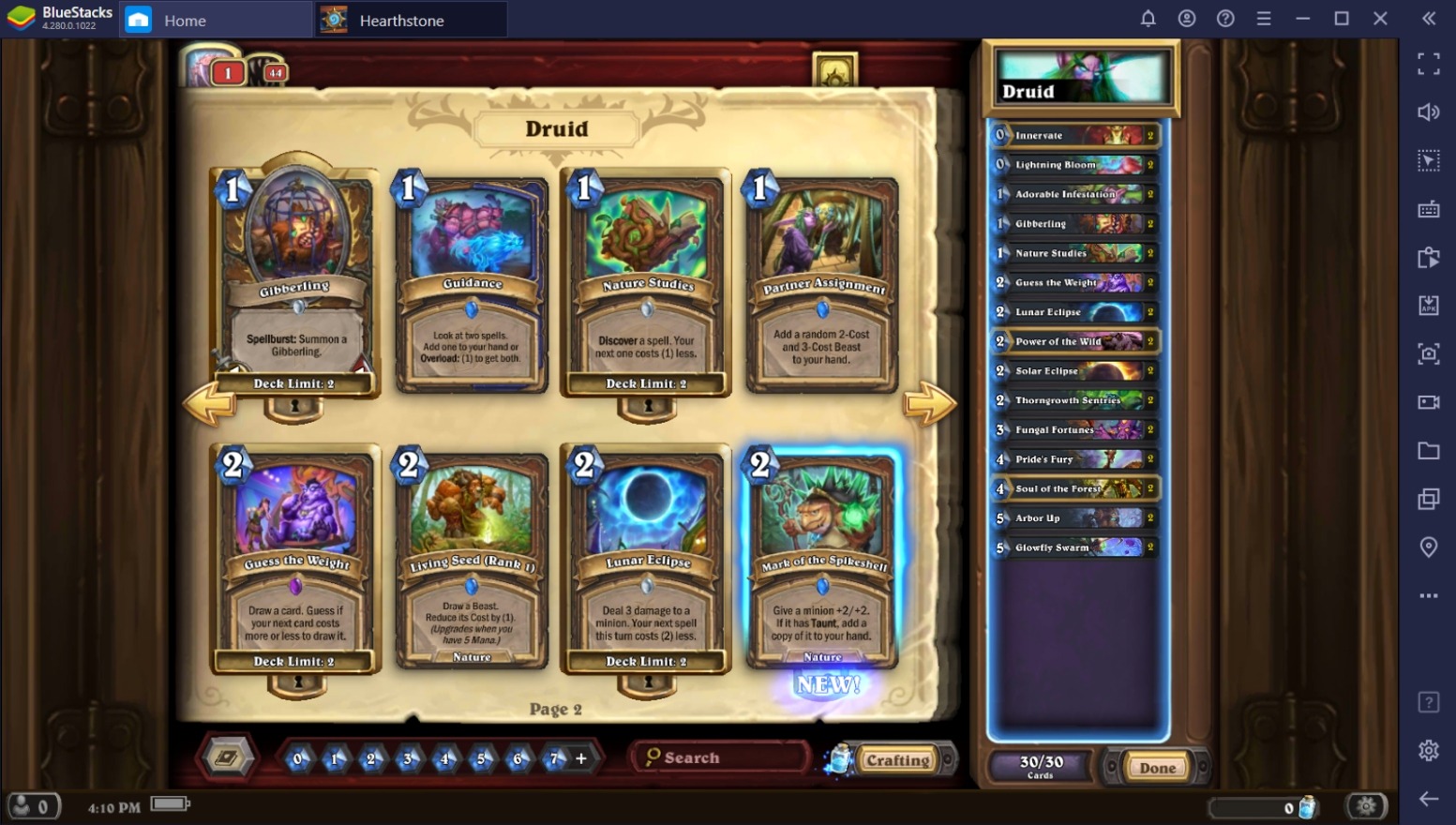
The early game is the most important part of the game because it is where most of the major setup is done and a lot of early game decks thrive. Unlike in other card games like Legends of Runterra, mana unspent is mana lost. This is why players should be able to efficiently spend mana every turn by having low-cost cards that can be used so that you don’t end your turn with more than 2 mana.
Draw Mechanics
Including draw mechanics in a deck is an essential part of setting up for your winning moment. There are different ways to add more cards in your hand in Hearthstone but it doesn’t matter which sources you get the cards from as long as you’re able to get a consistent flow. Players use an average of 2 cards per turn but only draw 1 at the beginning so that means that cards burn through your hand really quickly.
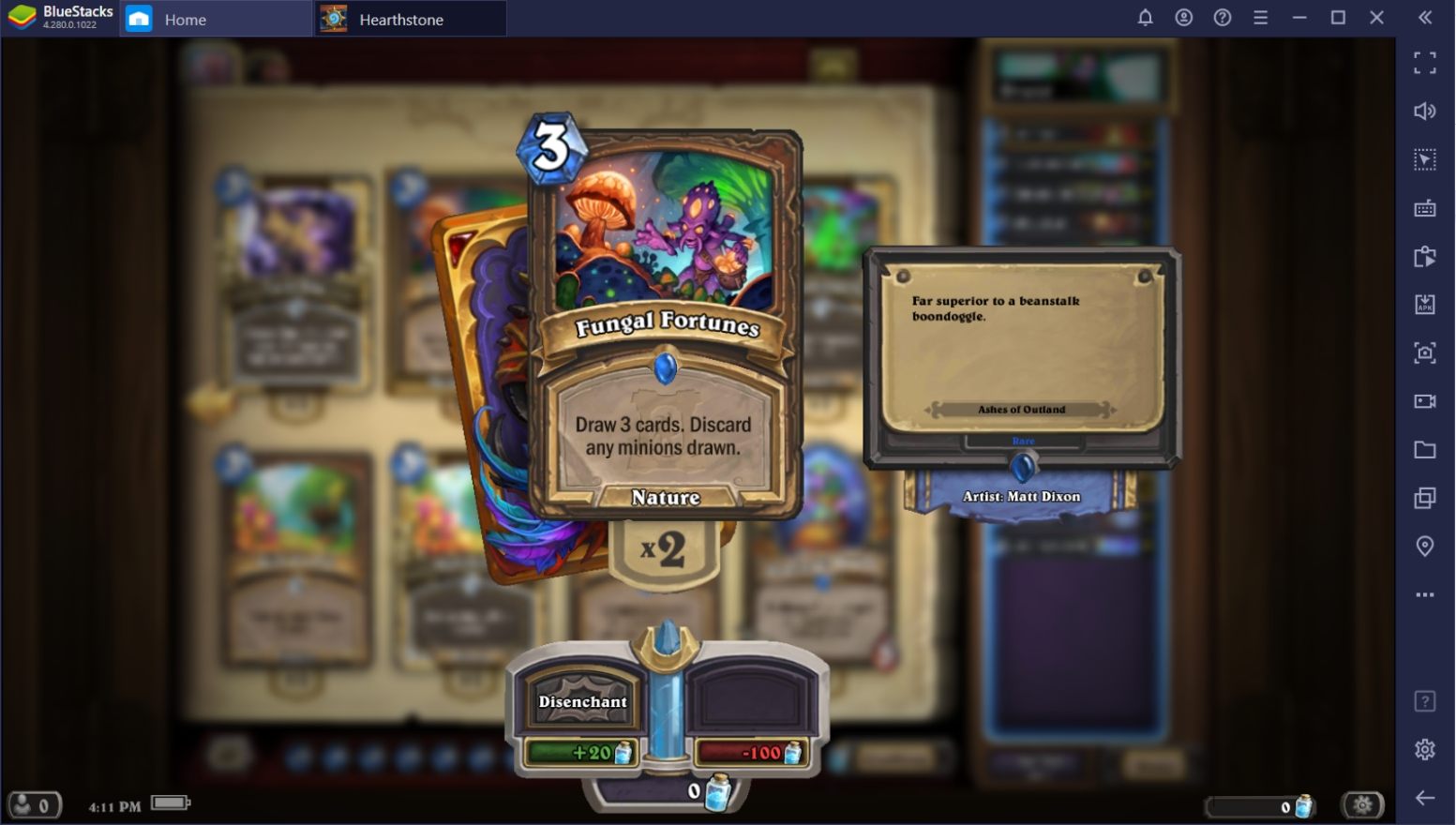
A general rule for including draw mechanics is that for every 1 mana that the card costs, you should be able to draw 1 card as well. On the other hand, cards that replace themselves after use or generate more minions/spells are definitely worth playing. Players should be able to determine the balance between cost and effect.
Win Condition
The win condition refers to the main theme of your deck. The win condition can either be one huge card or multiple combo pieces that need a little more setup and time. Every deck has at least one primary way of winning while others have contingency plans in case the enemy deck has a way to counter it. The strongest decks in the game have at least two win conditions because it’s more difficult to deny or control them.
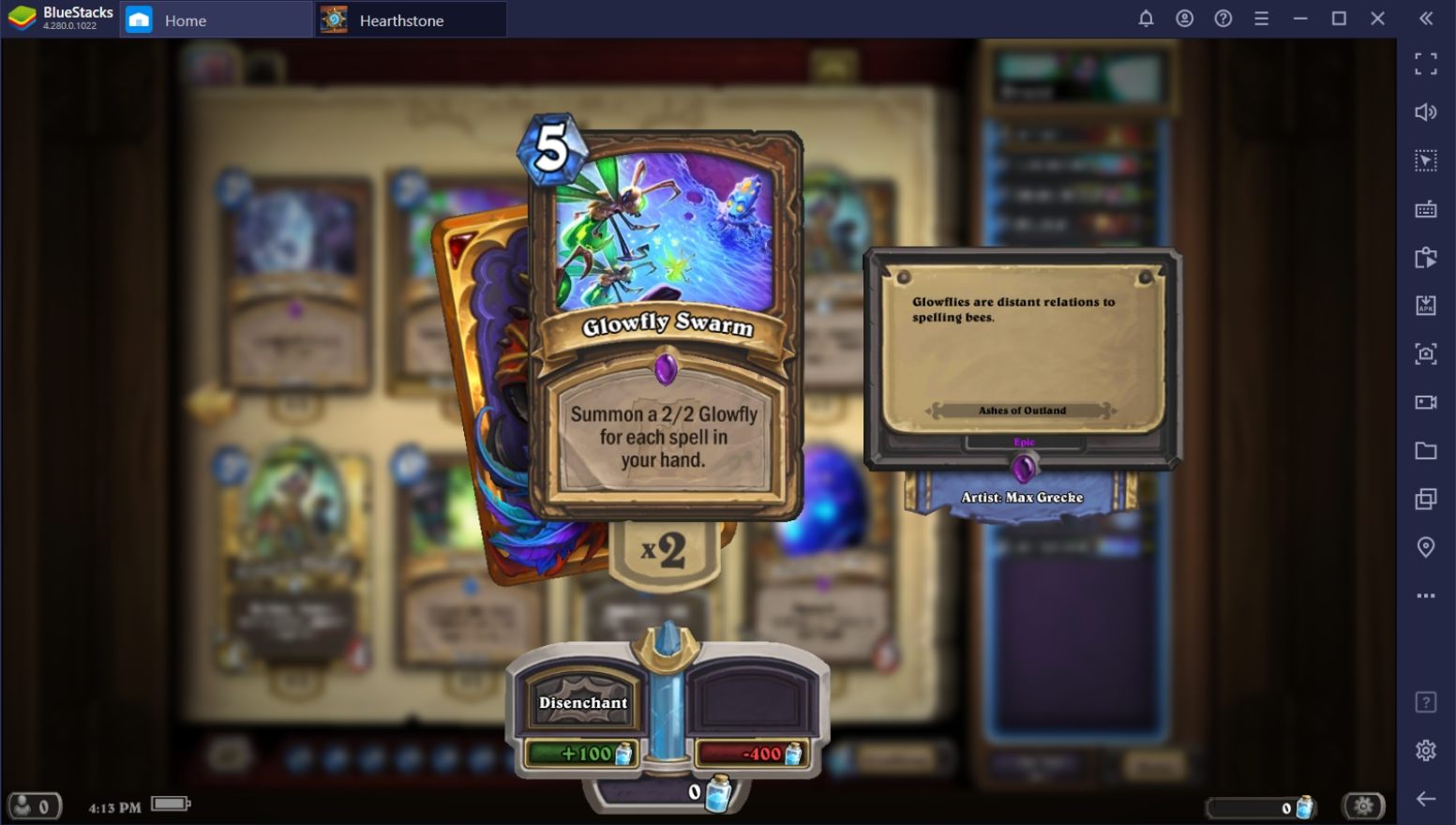
Understanding your decks win condition is also an important part about building a deck. You will need to add cards that will help you set up for this win condition and ensure that you survive long enough to fulfill the requirements to achieve it. Most sets and expansions introduce obvious win conditions, players only need to find the right cards to place in a deck to maximize the effects of the cards.
Tech Cards
Tech cards refer to non-meta utility cards that introduce a bit of uniqueness and surprise factor for your deck. Tech cards are popular in decks that are more flexible and don’t require every single card in the deck to function. The main purpose of tech cards is to counter situations where the opponent tries to control you or deny you from reaching the win condition. Because these are non-meta options, this shouldn’t exceed more than 2 cards in the deck.
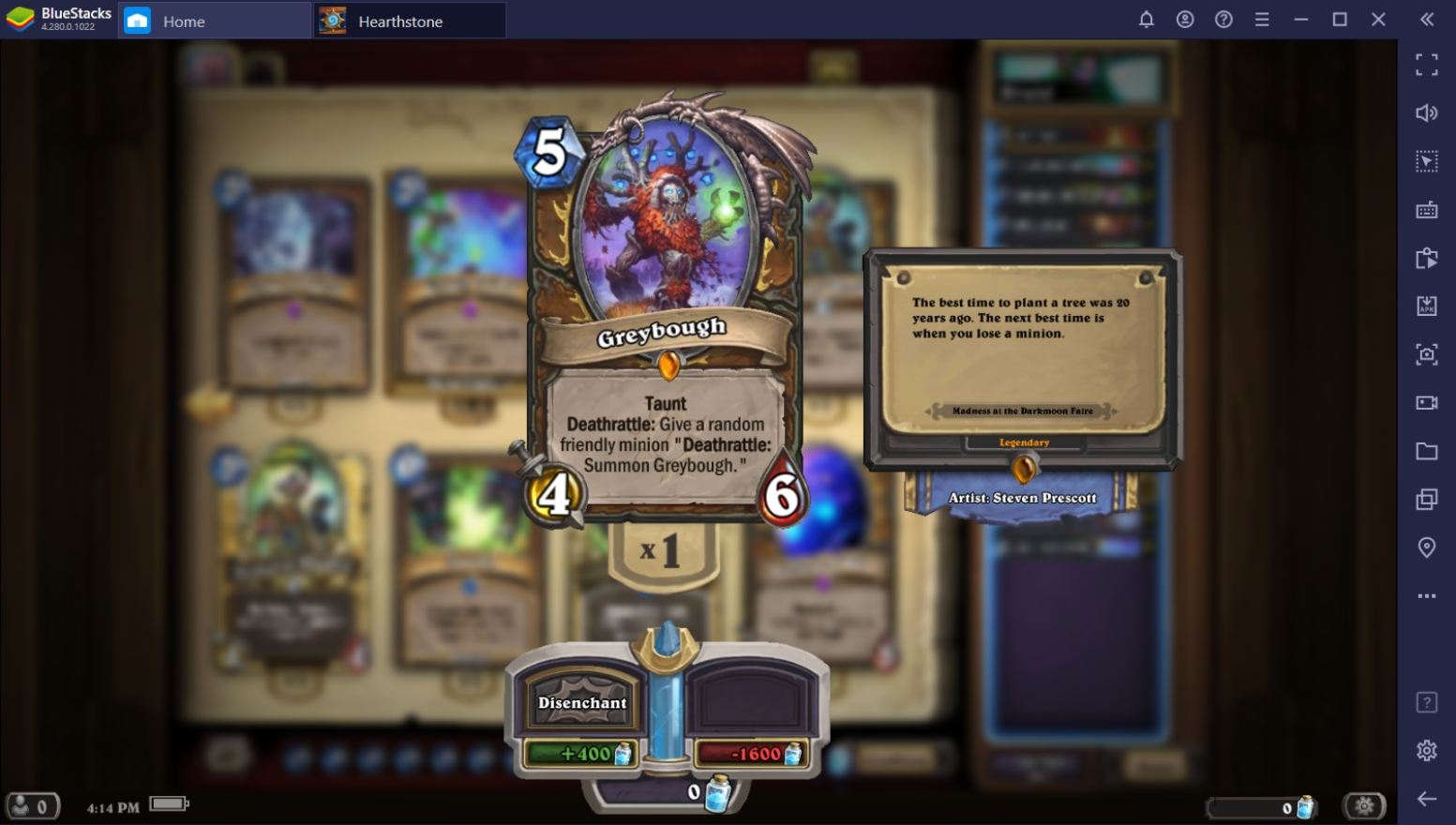
The viability of adding a tech card to your deck depends on how heavily one-sided the meta is. If the meta is extremely diverse, tech cards are completely useless because you don’t meet situations where the tech card is useful. Players should understand that every slot in your deck is important so adding or reducing cards will affect the chances of your drawing the card/s that you need during certain situations.
Control Option
Every deck must have a control option. Control options refer to cards that can remove or prevent cards from entering play. Hearthstone isn’t just a game of trying to achieve each win condition first. Players need to prevent others from being able to fulfill their win conditions by outpacing them using control options like removals, Secrets, or Taunt units that prevent the enemies from making overly-aggressive plays.
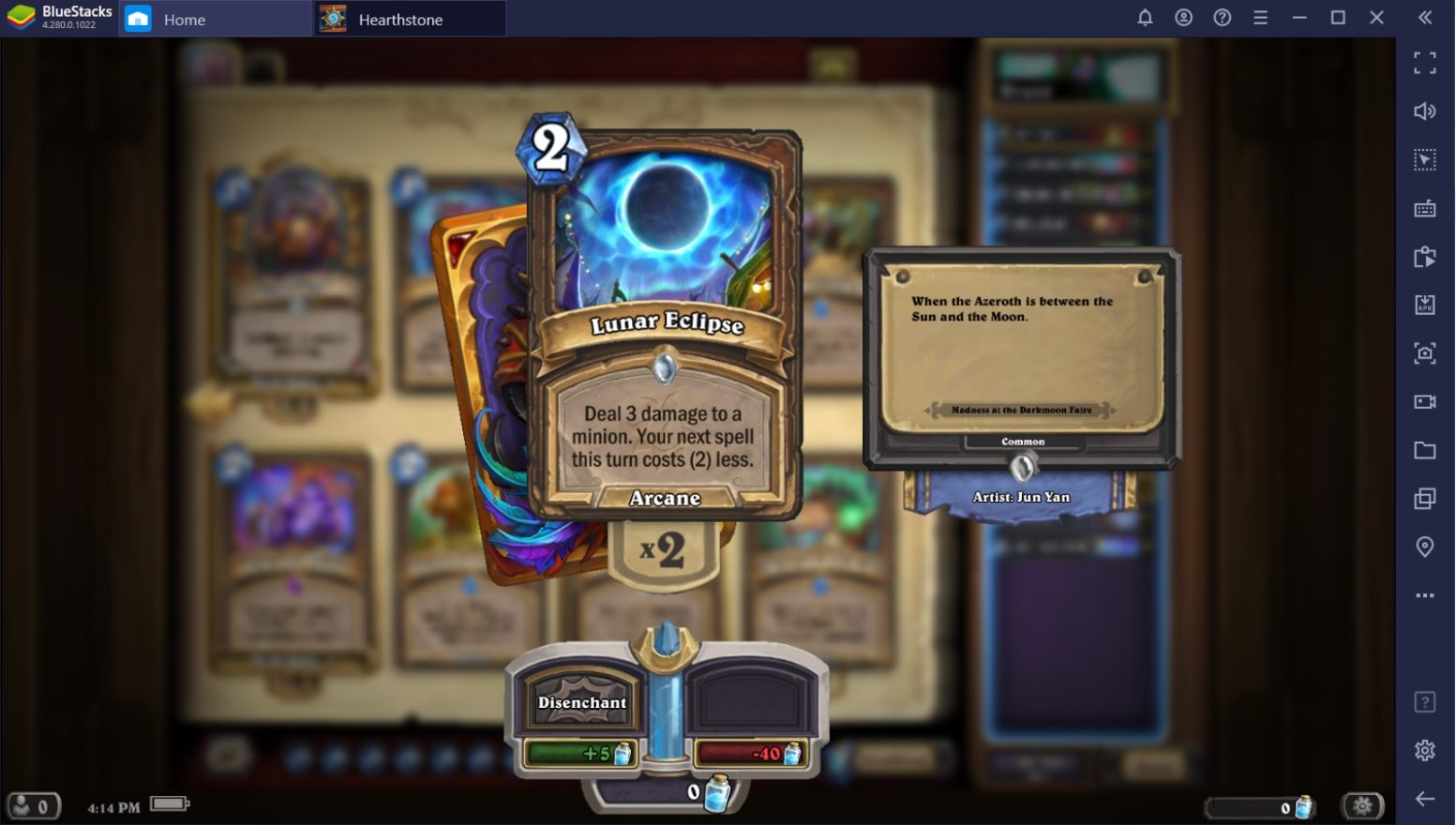
Even aggro decks have one or two cards that offer some control options so that they can freely get rid of Taunt units without having to sacrifice one or more of their minions just to attack a unit that’s there to die anyway. Control options can either come in spells or minions that have rush. Always prioritize controlling your enemy because you never know what happens to a minion that’s left alive on the field.
Don’t Forget The Bling!
Bling isn’t necessarily a necessary part of deckbuilding but is a fun way to enjoy the game. Bling refers to Golden Cards, cards that have a shiny border. These cards can be acquired either as a milestone reward from playing a certain class for a period of time or randomly from expansion packs. However, golden cards have an extremely low drop rate, especially Golden Legendary cards.
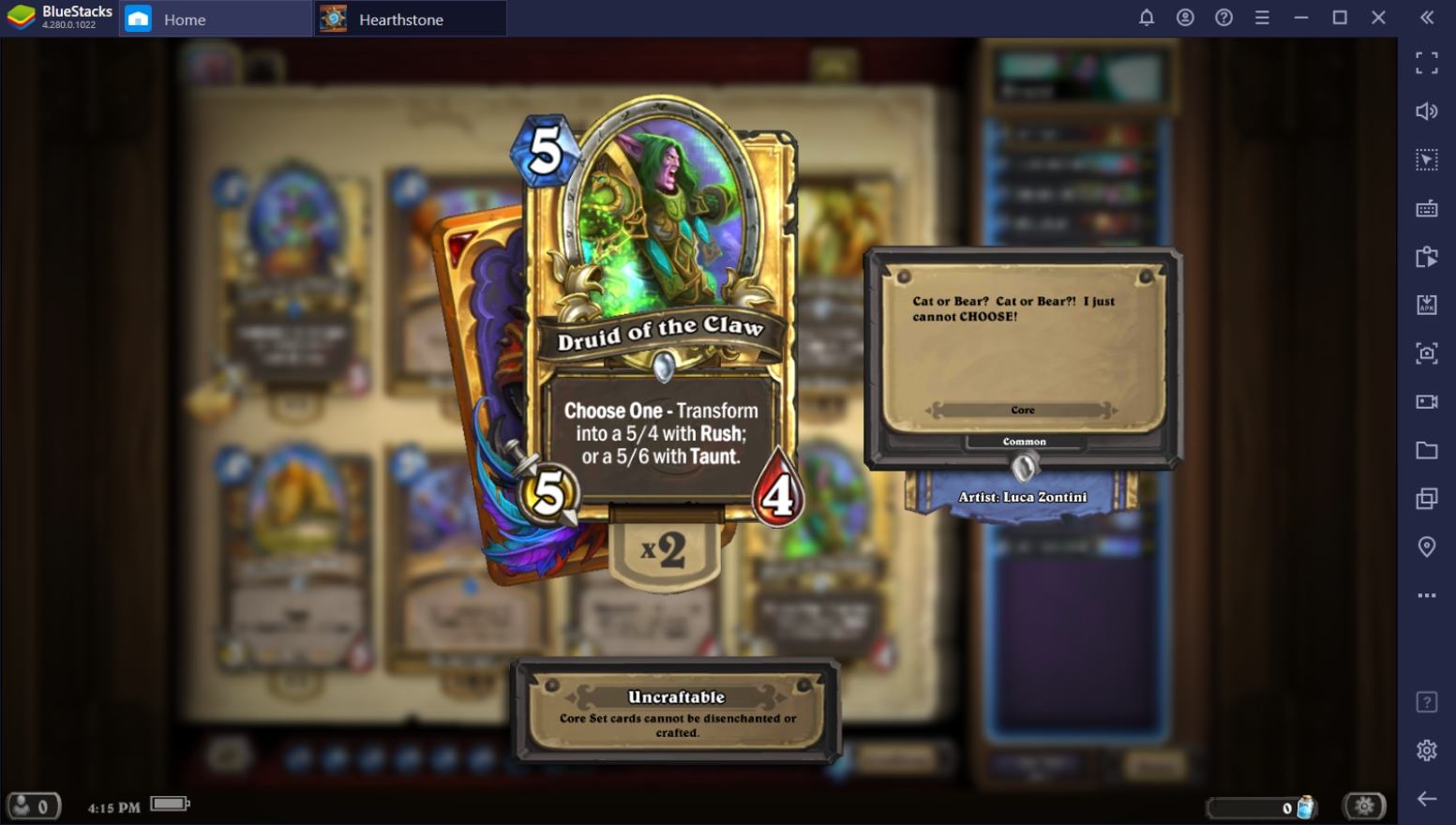
Equip golden variants of cards that are in your deck so that your board will have a bit of flare. It also offers some sort of minor psychological warfare against the opponent just by showing that your cards have more bling than theirs. Who knows? There might be one or two opponents that will concede out of respect for your shiny cards.

